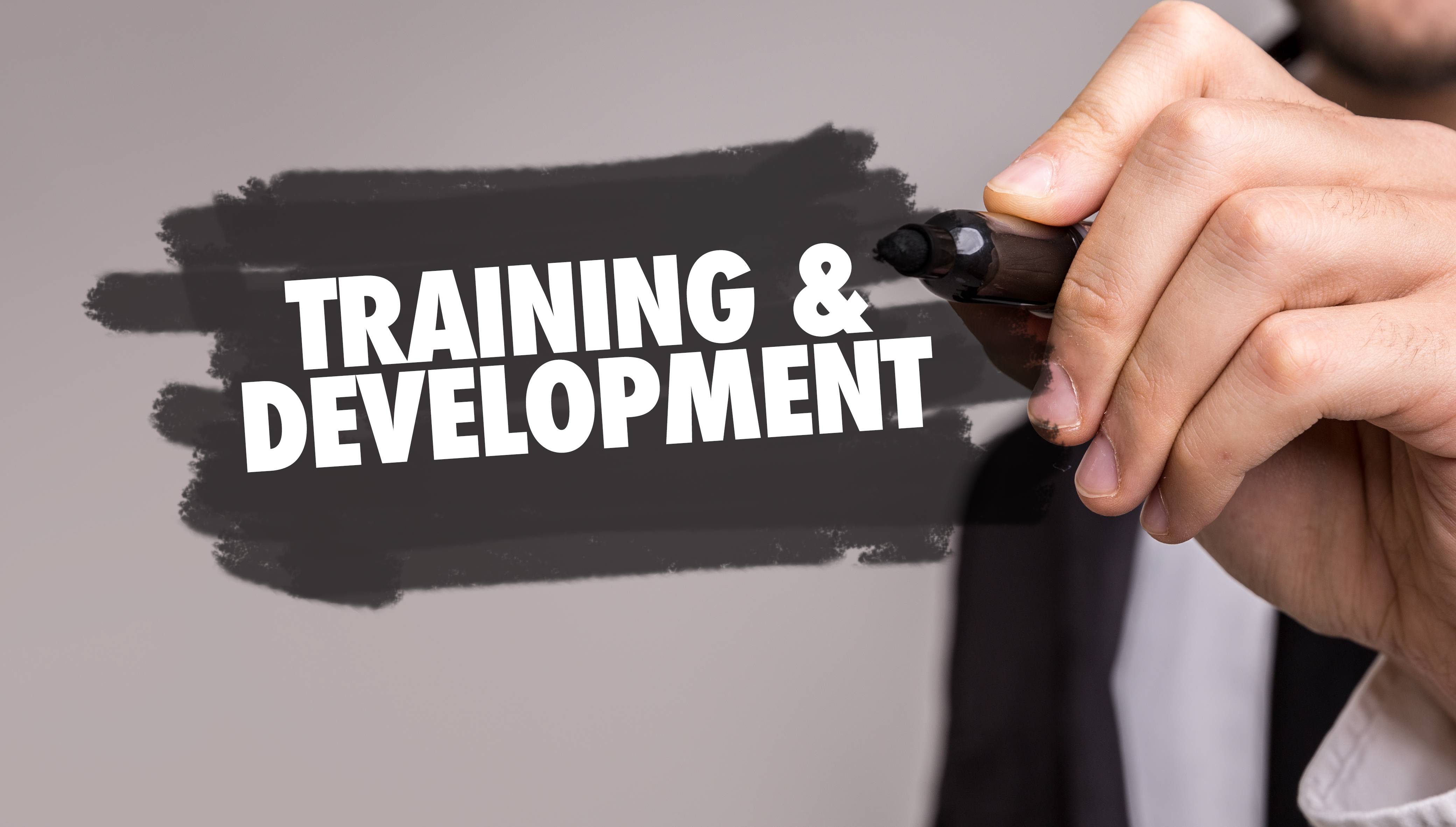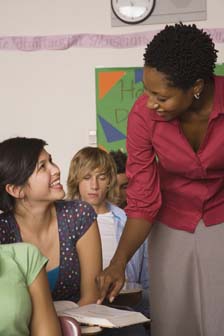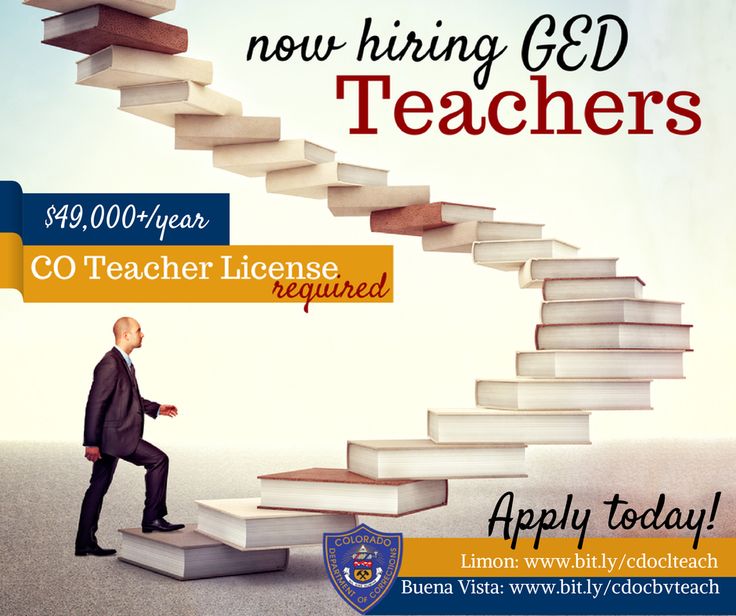
When you're looking for online educational games, you might want to consider a variety of genres. There are games that focus on multiplication, place value, geography, language arts, and multiplication. They can also be used to reinforce concepts taught in class. Many games have open-ended questions, which encourage critical thinking and problem solving.
Place value games
These games help students to understand the importance of place. These games consist of selecting cards and using them in solving problems. You can play them with multiple players simultaneously. Each player takes their turn drawing a card. Then, they place it on a mat with a value. Once the card is placed, it cannot be moved again. The round goes to the person who has the most points in a particular area.

Children can learn about decimal place values by playing place value games. This skill is critical for solving mathematical problems. To illustrate, kids need to be able tell the difference of one and ten numbers and which place is larger. Kids can also learn how to recognize other numbers like hundredths by playing place-value games.
Multiplication games
Multiplication games are great for fifth graders to reinforce multiplication basics. The game involves students rolling dice, multiplying two numbers, and trying to get to the finish first. Correct answers can earn them points. The player can advance to the next round if they have the correct answer.
Multiplication can be played either with a group of students or as a whole class. To play, students divide themselves into teams, with one team choosing a category, while the other team chooses a point value for the first question.
Geography games
These educational games can be used to reinforce the lessons that children have already learned in geography class. These games can help children learn more about the environment and sharpen their critical thinking skills. They are simple to play and require a white board and markers, as well as an equal number of players. Participants need to draw clues that point towards a country's names and then guess it within a specified time. They earn points for every correct guess. The group with most points wins.

Break the Chain, a game students can enjoy that introduces the names of and capitals to countries, is another great option. First, students must choose the country and state they wish to visit. Then, they will need to pick the word with the same alphabetic end as their first word. The chain will continue in a clockwise direction until students can no longer say a state name or country's capital.
FAQ
What is early education for children?
Early Childhood Education is a profession that aims to help children become happy, healthy adults. This includes teaching children how to read and preparing them for kindergarten.
Early childhood education aims to help children learn and grow through age-appropriate experiences.
Early childhood educators often have to assess each child's developmental needs. This helps to determine if a program is right for each child.
Parents also have the opportunity to meet teachers and other professionals who are familiar with working with young children in early childhood programs.
As parents, they play a vital role in early childhood education. They need to be able to provide guidance and support for their children, and they must also know how to care for them properly.
Parents can also participate in activities designed to teach their children skills they will need throughout their lives.
Although the term preschool education is often used to refer to early childhood education, it can also be used interchangeably for daycare centers. Prekindergarten education usually starts around three years of age. Early childhood education is very similar.
What is the purpose and function of education?
Education should provide students with skills that will help them find work. It is not only a pursuit of academic excellence, but also a social activity, where children can share their knowledge and gain confidence from one another through activities like music, art, and sports. It is all about teaching students how to think critically, and how to create so they can be independent and self-reliant. What does it take to achieve high educational standards
Education standards that ensure all students reach their full potential are good. They set clear goals that teachers and pupils work towards. Schools can adapt to changing educational needs if they have good educational standards. In addition, they must be fair and equitable: every child has the same chance of success regardless of his/her background.
What factors should you consider when choosing your major?
First, you should decide if you want to go into a career straight away or go to college. You should then make a list outlining your talents and interests. You might be interested in reading, listening and watching music, or talking to people. You might be gifted in singing, dancing or writing. Once you have identified your interests and talents, you can use them as guides when selecting a major.
If you're interested in becoming an artist, you might be drawn to art history or fine arts. Biology might be a good choice if you are passionate about animals. If you'd like to become a doctor, you might look at pre-medicine or medical technology. Computer science or computer networking might be a good choice if you are looking for a career that involves computers. There are many choices. Think about what you want to do.
Do you think it is difficult to be a teacher
You must be a teacher. You will need time to study.
While working towards your degree, expect to be working around 40 hours per work week.
Also, it is important to find a job you can do. Many students have difficulty finding part-time work that allows them to balance schoolwork and their personal lives.
Once you land a full-time position, you will likely be responsible for teaching classes during the day. You might even be required to travel to other schools throughout the week.
Statistics
- They are more likely to graduate high school (25%) and finish college (116%). (habitatbroward.org)
- These institutions can vary according to different contexts.[83] (en.wikipedia.org)
- Data from the Department of Education reveal that, among 2008 college graduates, 92.8 percent of humanities majors have voted at least once since finishing school. (bostonreview.net)
- In most developed countries, a high proportion of the population (up to 50%) now enters higher education at some time in their lives. (en.wikipedia.org)
- And, within ten years of graduation, 44.1 percent of 1993 humanities graduates had written to public officials, compared to 30.1 percent of STEM majors. (bostonreview.net)
External Links
How To
what is vocational education?
Vocational education prepares students for the workforce after high school. Students are trained in specific skills to be able to do a particular job such as welding. This includes apprenticeship programs and on-thejob training. Vocational education is different from general education in that it prepares individuals for specific career paths rather than acquiring broad knowledge for future uses. Vocational education does not prepare students for university, but it helps them find work after graduation.
Vocational education may be provided at all levels of schooling, including primary schools, secondary schools, colleges, universities, technical institutes, trade schools, community colleges, junior colleges, and four-year institutions. In addition, there are many specialized schools such as culinary arts schools, nursing schools, law schools, medical schools, dental schools, veterinary medicine schools, firefighting schools, police academies, military academies, and other military schools. These schools offer both practical and academic training.
Over recent decades, there have been significant investments made in vocational education by many countries, including Australia, Denmark (Finland), Germany, Ireland and Japan. It is still controversial whether vocational education is effective. Some critics believe it doesn't help students get hired, while others claim that it helps prepare them for life after high school.
The U.S. Bureau of Labor Statistics estimates that 47% of American adults possess a postsecondary certificate, or degree related to current occupation. This figure is higher for those with more education. 71% (25-29) of Americans have a bachelor's level or higher and work in fields that require a postsecondary degree.
According to the BLS in 2012, almost half of Americans had at the least one type of postsecondary credential. A third of Americans have a two-year associate's degree and 10% hold a four year bachelor's degree. One fifth of Americans have a master's, or doctorate.
The median annual salary for people with a bachelor's was $50,000. This compares to $23,800 for those who don't have a degree. The median income for those with advanced degrees was $81,300.
The median income for those who have not completed high school was just $15,200. For those who did not complete high school, the median annual salary was only $15,200.